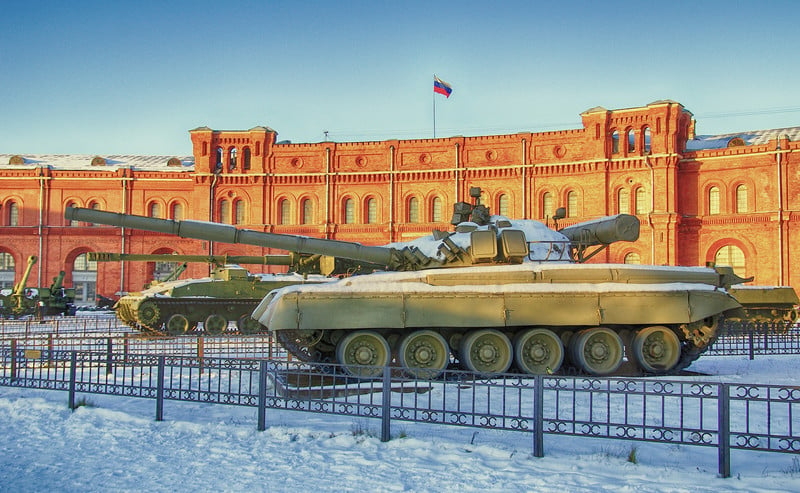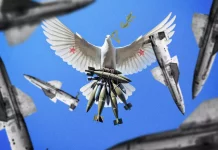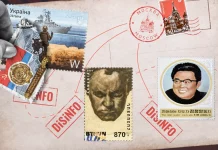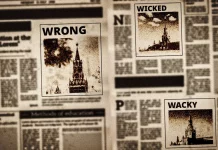
The EU has broken its taboo on referring to Russian forces in east Ukraine in its official documents, Andrew Rettman writes for EUobserver.
It said in its Official Journal on Monday (16 February) that Russian deputy defence minister Anatoly Antonov is being added to its blacklist because he is “involved in supporting the deployment of Russian troops in Ukraine”.
It listed first deputy defence minister Arkady Bakhin for the same reason.
It also listed Andrei Kartapolov, a senior Russian military commander, for being “involved in shaping and implementing the military campaign of the Russian forces in Ukraine”.
The text in the legal gazette is signed by EU foreign relations chief Federica Mogherini.
EU leaders did, in an informal declaration in August last year, mention “aggression by Russian armed forces on Ukrainian soil”.
Individual EU officials, such as Council chief Donald Tusk, have also made hawkish remarks.
Meanwhile, Ukraine, the US, and Nato have spoken of Russian forces in Ukraine since last July. Nato and the US also published satellite images to back it up.
But Mogherini has, since coming to office, and with the exception of Russia-annexed Crimea, avoided any reference to the Russian military in Ukraine.
The last time EU foreign ministers published a statement, on 29 January, they also circumlocutions, speaking of: “evidence of continued and growing support given to the separatists by Russia, which underlines Russia’s responsibility”.
They urged “foreign armed groups” to leave Ukrainian territory.
The old EU taboo went above minister level.
When French, German, Russian, and Ukrainian leaders agreed a ceasefire in Minsk last week, they also bowed to Russia’s claim its soldiers aren’t in Ukraine by calling for withdrawal of “foreign armed formations”.
When leaders of the G7 wealthy nations spoke out last week they, likewise, referred to “Russian-backed separatist militias” only.
No accident
For her part, Mogherini’s spokeswoman, Maja Kocijancic, told EUobserver the new language in the Official Journal is not an accident.
She said it reflects “mounting evidence, underlining Russia’s responsibility” for the conflict.
One piece of evidence is a classified report on Russian activity in Ukraine compiled by Mogherini’s intelligence-sharing branch, IntCen, and circulated to capitals ahead of 29 January.
An EU diplomat, who asked not to be named, noted: “This new form of Russian warfare – using tanks and soldiers without insignia – is something we haven’t seen before. We’re still trying to work out how to respond to it”.
A second EU diplomat added: “It [the latest Official Journal text] is a clear and understandable message against Russian propaganda and all the lies about non-Russian engagement in the military conflict”.
Russia’s claim it isn’t involved in east Ukraine is central to its propaganda message: that the conflict is a “civil war” between Ukrainian nationalists and Russian “separatists”.
Novorossiya
The 16 February Official Journal, which also listed nine entities, highlighted the manufactured nature of the “separatism”.
Most of the entities are battalions of Russia’s irregular fighters in Ukraine.
But one of them is “Novorossiya”, a Russian “public movement” named after the Kremlin concept that east and south-east Ukraine, or “New Russia”, belong to Russia on ancestral grounds.
The Official Journal noted that Novorossiya is run by Igor Strelkov, who is already EU-blacklisted for organising an insurgency in Donetsk, east Ukraine, last March.
The EU gazette says he is a “Russian officer … identified as a staff member of the Main Intelligence Directorate of the General Staff of the Armed Forces of the Russian Federation (GRU)”.
By Andrew Rettman, EUobserver





